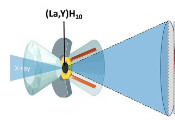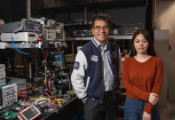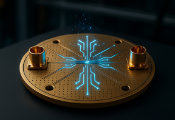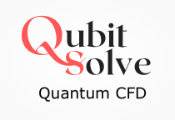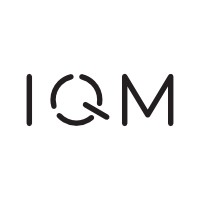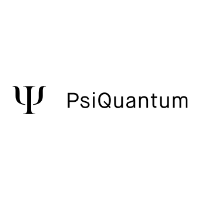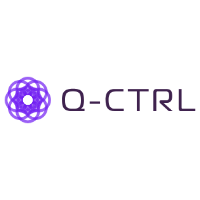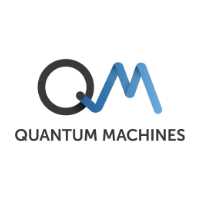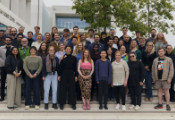Quantum Computing, but Better
April 15, 2025 -- Quantum computing offers huge processing power, but until now has suffered with a number of issues that have slowed down its practical implementation. Traditional quantum computers process data in fixed steps, following a predetermined sequence of operations. However, scalability is a problem. Because memory is not used efficiently, much of the hardware sits idle, and programs have to be customized for each machine. This makes it difficult to run software on different quantum systems.
Researchers from NTT, the University of Tokyo, RIKEN, and Kyushu University have created a new quantum computing architecture which separates memory from processing to improve efficiency. Could this separation be the answer?
No-Cloning
One of the main difficulties in quantum computing is how to work around the "no-cloning theorem," which is the rule that quantum information can't be copied. This is a big difference from classical computing, where data can be duplicated, stored, and retrieved as needed. With classical computers, copying information allows for backups, redundancy, and faster processing through caching. Quantum computers, however, have to find alternative ways to store and process data while at the same time keeping it available for computation. Not being able to copy information means that managing quantum memory efficiently is tricky, which then makes error correction even more important for keeping computations accurate.
Fault-Tolerate Quantum Computers
That's why fault-tolerant quantum computers are designed to keep running correctly even when errors happen. Errors are caused by noise—tiny environmental changes, like temperature shifts, electromagnetic interference, or vibrations that can accidentally alter the state of a qubit. Unlike classical computers, where bits are either 0 or 1, qubits exist in delicate quantum states that can easily be disrupted.
Surface Codes to Correct Errors
To prevent errors from corrupting calculations, quantum computers use error correction techniques. One of them is surface codes, which detect and fix errors by using extra qubits to act as a protective layer, ensuring the accuracy of computations. However, the extra qubits they use to help with error correction don't store data. Instead, they take up space without actually doing any computation, with the result that 44% to 67% of the system's resources are used for storing and processing data. It's a level of inefficiency that makes it difficult to scale up quantum computers effectively.
The Solution? Separating Memory from Processing
The new load-store architecture, in which memory and processing are separate and data can be moved and processed more efficiently, organizes quantum memory and processing in a way similar to how classical computers handle data movement. That is to say, a processor retrieves data from memory, performs calculations, and stores the results back. By adapting this concept for quantum computers, NTT and its research partners came up with a system where only a small portion of qubits actively process data, while a larger memory space retains information. Two basic operations, load and store, enable data transfer between these spaces. The new structure dramatically improves memory efficiency, reducing the number of required qubits while still maintaining high computational capabilities.
Portable, Simple and Flexible
A key benefit of the design is much better portability. Conventional quantum computers need software to be optimized for the specific hardware and error-correction methods they use. Because the new architecture makes data movement and operations simple, programs can be executed across different quantum systems without needing to be modified. This flexibility has the potential to make it easier to develop quantum software and speed up the development of practical applications.
... and Easier on Hardware
The research team were able to show that their new architecture also greatly reduces hardware demands. Compared to existing designs, it cuts the required qubit count by approximately 40%, while limiting computation time increases to just 3%. This will help to make quantum hardware more compact and affordable.
How could we see the benefits of the new system in the real world? Here are just three industries that could be positively affected by the use of quantum computers:
Pharmaceuticals and materials science: Quantum computers could simulate molecular interactions with greater precision, allowing researchers to design new drugs more quickly and predict the properties of advanced materials before they are created.
Finance: Financial institutions could use them to optimize risk assessments and portfolio management by quickly analyzing vast amounts of market data to identify trends and reduce uncertainty in decision-making.
Logistics: Companies could refine supply chain models with quantum algorithms that find the most efficient delivery routes, minimize delays, and cut costs in global transportation networks.
Real-world implementation of the power of quantum computing is getting closer, and NTT and its research partners have pushed the process a step forward. Their load-store architecture, where memory and processing are separate, allowing data to be moved and processed more efficiently, has the potential to make quantum computers more scalable, versatile, and efficient.




